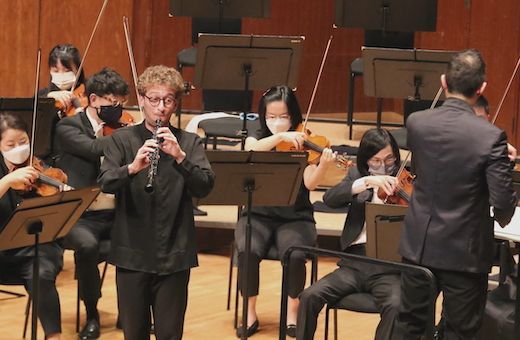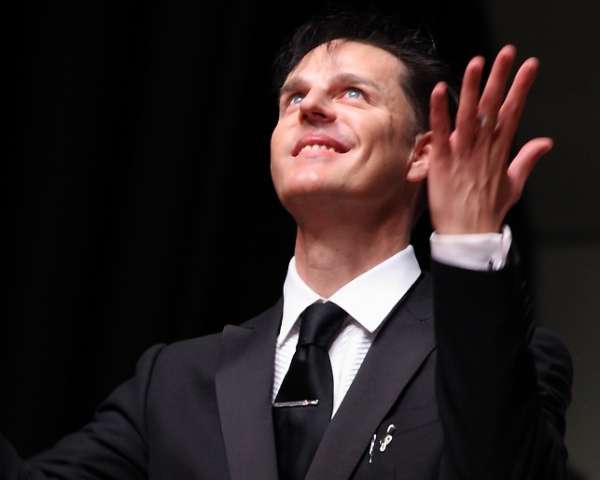In Yeats’ famous poem The Wild Swans at Coole, the Irish poet describes the vigour of these creatures to contrast with his own loss of vibrancy. Similarly captivated, Sibelius wrote how mesmerised he was by their beauty. Both artists fashioned works that enshrine these fascinating birds in history, with the Finnish composer creating representative thematic cells that undergo continuous development in his Fifth Symphony. In order to be successful with the Fifth, the motivic permutations need to unfold in an almost unbroken chain of events. The challenge is to not only illuminate these melodic relationships and to capture the expansive imagery of Sibelius’ native Finland, but to present a rather unfamiliar formal design convincingly.
The conductor Jason Lai initiated both halves of this Hong Kong Sinfonietta concert with a spoken introduction, which is becoming the norm here these days. He reminded us that Sibelius once quipped that we should not place too much credence in what critics have to say, as no statues have ever been erected in their honour and, further, to caution us that the final stark chords should not be interrupted with applause. Although his intent was clearly didactic, this may have tainted the experience of the unfamiliar concert-goer.
The opening of the symphony was launched with a bold, confident ‘swan’ statement in the horns, but the dynamic palette did not readily adjust. Collectively, the strings lacked the sonic lustre to emulate the geographical landscape, and the lengthy bassoon solo needed greater shape to broaden its significance. Lai was clear in his indications, but perhaps a less rigid approach would have delivered the necessary expansive intent. Although there were similar difficulties of integration in the Scherzo portion of the movement, the ending was fittingly grand.
One of the challenges in the second movement is to deliver uniformity with the pizzicato, something here that the lower strings fared better than the upper. The flutes projected sharply at times and seemingly ignored Lai’s calls for them to relinquish that focus.

The finale needed greater rhythmic edge from the strings to better propel its direction towards the burst of sunlight. This climax was indeed effective, but more likely due to the orchestration, rather than its execution. The re-configuration of the ‘swan’ motif into a carillon-like ostinato grounded this passage, but the horns needed greater uniformity of timbre to achieve continuity of sound. The final chords are an extraordinary statement in the symphonic repertoire, but unfortunately here lacked precision and depth.
The link to the “French May” festival came in the form of the Parisian oboist Gabriel Pidoux, who tackled Vaughan Williams’ concerto with significance and aplomb. From the opening bars, each note was given its due attention, alternating with a warm and radiating tone in the lyrical passages, and a bounce and energy in the more folk-like portions. Particularly noteworthy were the moments in which the strings held sustained chords, and Pidoux delivered touching moments of melancholy. The final movement witnessed a cadenza expertly crafted with a honey-like tone and masterful breath control. Also at the microphone, Pidoux introduced his encore Le Ballet Espagnol (Gilles Silvestrini), which delivered impressive technical feats.
For the familiar Fidelio overture, Lai aimed to introduce an unfamiliar tempo fluctuation, presumably to instigate the ensuing Adagio. The orchestra, however, was not convinced. Horns were somewhat tentative in the slower passage and the winds needed greater projection. Nevertheless, programming Beethoven as the initiator worked well with the material that followed.


